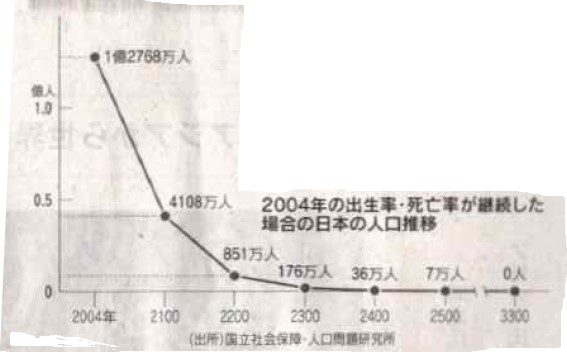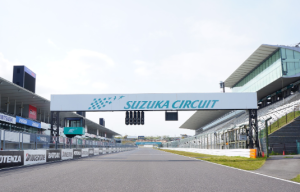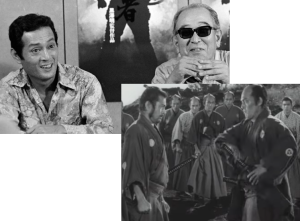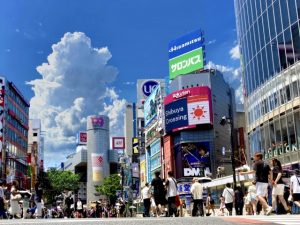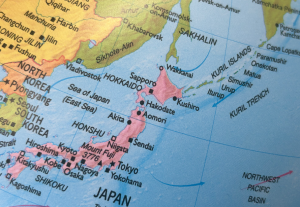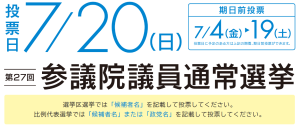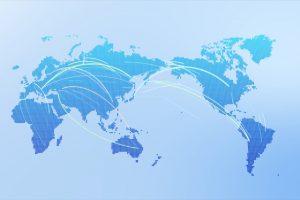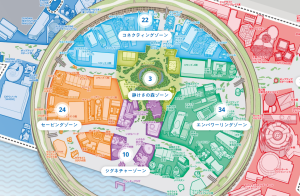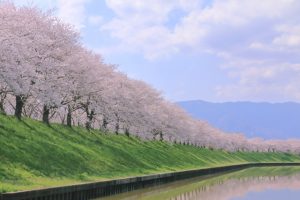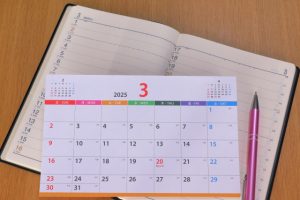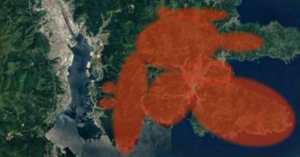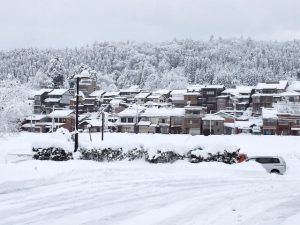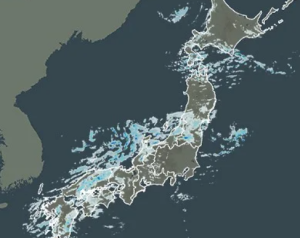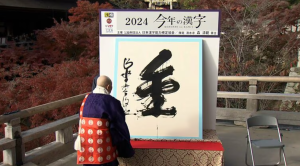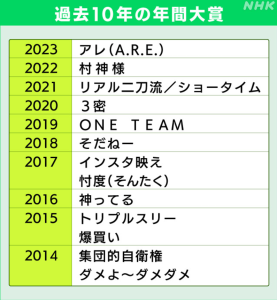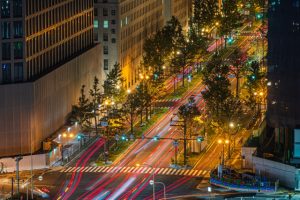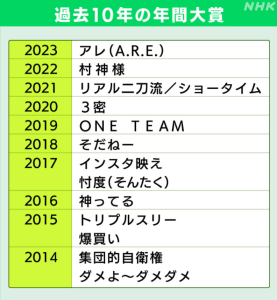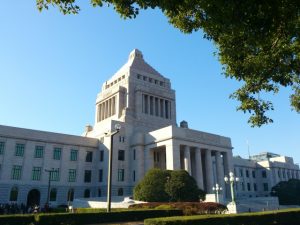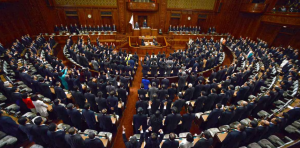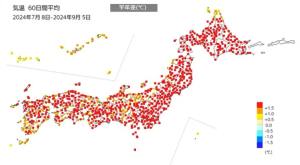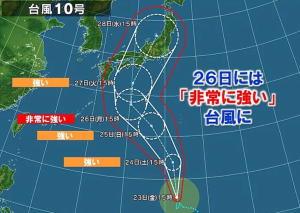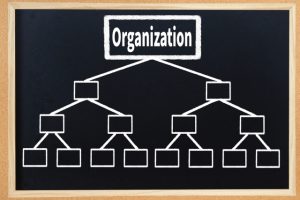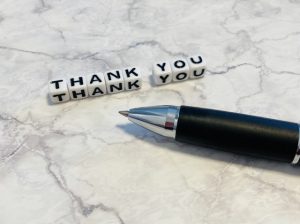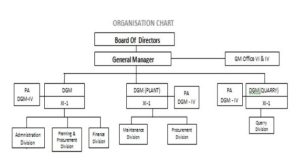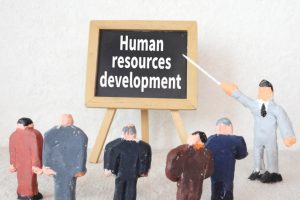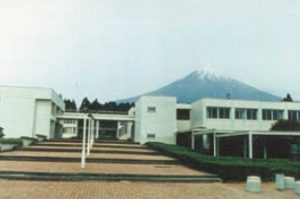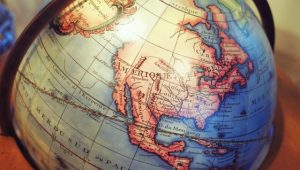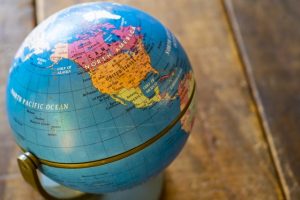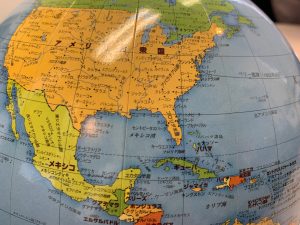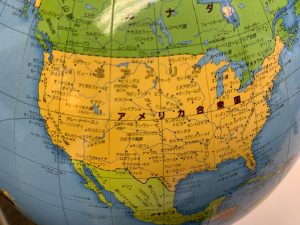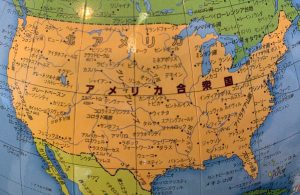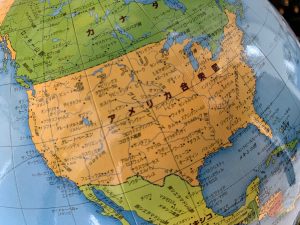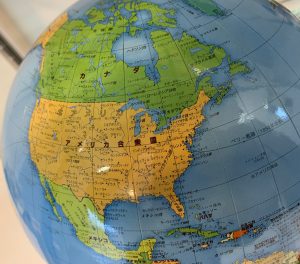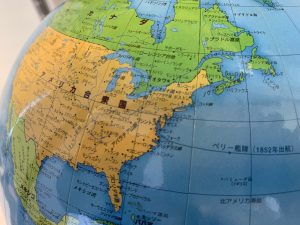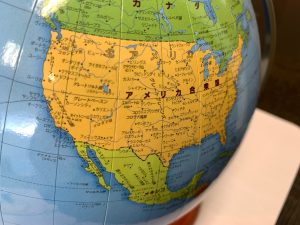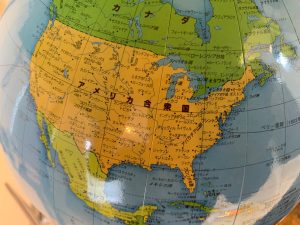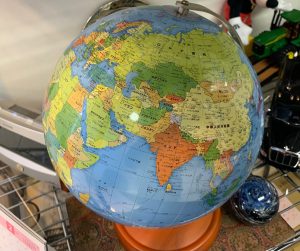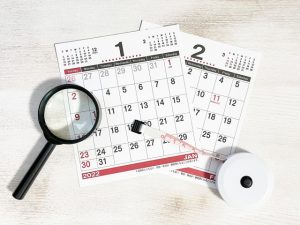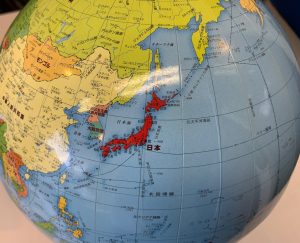Re: Related to Disaster Drill Day ~Protect yourself by yourself~ (58) September 2, 2022
September 1, yesterday, was “Disaster Drill Day”. Before noon on September 1, 1923 ,99years ago, the Great Kanto Earthquake of magnitude 7.9 occurred and caused enormous damage which was estimated that the toll of dead and missing was about 105,000. Based on this cruel experience, Disaster Drill Day was enacted in order that Japanese citizens deepen awareness of typhoon, high tide, tsunami, and earthquake broadly, and are mentally prepared to deal with disasters. And every year, a disaster prevention drill assuming a large-scale disaster is conducted around the country on September 1. And Japanese government also conducted comprehensive disaster prevention drill assuming an occurrence of earthquake occurring beneath the Tokyo metropolitan area and Nankai Trough Earthquake.
According to a working group of Japanese government, it is estimated that in Nankai Trough extending from the coast of Tokai to the coast of Kyushu, there is a 70~80 % chance that magnitude class 8~9 mega earthquake will occur within the next 30 years. And in the worst case, it is estimated that the death toll will rise to about 320,000 and buildings destroyed completely will rise to about 2.4 million.
And the Metropolis of Tokyo took another look at an estimation of damage by earthquake occurring beneath the Tokyo metropolitan area of magnitude class 7.3 earthquake for the first time in ten years. According to this, it is estimated that Tokyo will be hit by an earthquake, which measurers a maximum 7 on the Japanese intensity scale, and about 194,000 buildings will be completely destroyed and burned and about 6,100 people will be dead at most. Due to various countermeasures by public and private sector, a 40% decrease is expected compared to the forecast 10 years ago.
And Mt. Fuji, which is 3,776 meters high and has maintained a state of tranquility for a long time, has repeated a large eruption more than 100 times in the last 3,200 years. If the same size of eruption as the newest Hoei eruption in 1707 is occurred, a descent of 10 cm volcanic ash will be expected in Tokyo. The other day, I watched a documentary program on TV in which Mt. Vesuvius erupted suddenly in AD79, and Pompeii, a foothill town in the Roman Empire, was buried by about 8m volcanic ashes. I truly realized a fierce power of nature.
Even in the days when we have lived, the Great Hanshin-Awaji Earthquake occurred 27 years ago killed about 6,400 people, and due to earthquake and tsunami of the Great East Japan Earthquake occurred 11 years ago, more than 18,000 people were dead. Like these, Japan is one of the countries with the most natural disasters in the world. Earthquakes, regardless of the size, are being reported somewhere on a daily basis. And an eruption and warning of a volcano are being issued. According to experts, an eruption of Mt. Fuji and Nankai Trough Large Earthquake will be inevitable. The problem is when it will occur. From the history of mankind, a warning, in which the grace period for us is so urgent like a blink, has been issued.
As stated above, it is difficult to prevent natural disasters beforehand. Therefore, not only “disaster prevention” is important, but also “disaster mitigation”, in other words, response after occurrence is important. But even though records of disaster and forecast are published, “preparing” is only 17% according to a survey. As a reason for “not preparing”, slightly more than 40% is “I don’t know what I should do”. Reflecting on myself, I realize that I have a thin crisis of conscience that “I become a disaster victim”. Disasters are bound to come. They happen when we forget about them. As long as we live in Japan, we can’t escape from risks getting involved in natural disasters.
In addition, when disasters or accidents occur, “has the manual been prepared?” or “did you do it according to the manual?” becomes a problem. The manual is certainly important, and preparing it is necessary. But we don’t know when and how disasters, in particular earthquake, will occur. They are real surprise, and occurrence status also varies widely. It never works the way the manual says. Just because a manual is prepared, does not mean “we are safe with it”.
On-site situation changes from moment to moment. Therefore, the last depends on quick judgement by people happening to be there. The manual is sometimes hindered. We must always have consciousness of “living next to disasters” every day, and hone our judgement skills while simulating various situations, and I think that it is the most important to be prepared to “protect yourself by yourself”.
≪P.S.≫ Male childcare leave rate is getting higher every year and reached to 14.0 % in 2021 according to a survey of Ministry of Health, Labour, and Welfare. However, compared to female childcare leave rate, which was 85.1%, it seems to be still low. Japanese government is setting a goal to increase male childcare leave rate to 30% by 2025. In June last year, the Child Care and Family Care Leave Law was revised and has been enforced gradually since April this year. The objective is, in a state where you don’t quit your job, balance of work and childcare and so on in line with your requests. According to a survey in 2018 by Mitsubishi UFJ Research and Consulting, male permanent staffs wanting but not getting childcare leave were 40%. Anyway, it is necessary to create an environment that is easy to get it. From April in 2023, obligations to publish conditions of male childcare leave acquisition every year will be imposed. When comparing Japan and the United States regarding the time of childcare and household by gender, female in Japan spends 7 hours and 34 minutes per day on average, and female in the United States spends 5 hours and 48 minutes, and male in Japan spends 1 hour and 29 minutes, but the other hand male in the United States spends 3 hours and 7 minutes. There is a big difference between Japan and the United States. This point is also one of the factors of the declining birthrate.
Mr. Musk, who is CEO of Tesla and is considered to have sharp intuition and to possess the ability to have a keen insight into the nature of things, comments that the declining birthrate in Japan is in a critical situation and “if this state continues as it is, Japan will disappear eventually”. Surely as it is now, the Japanese islands will become uninhabited in 3300 according to calculations. Every measure to put the brakes on the declining birthrate should be mobilized.
